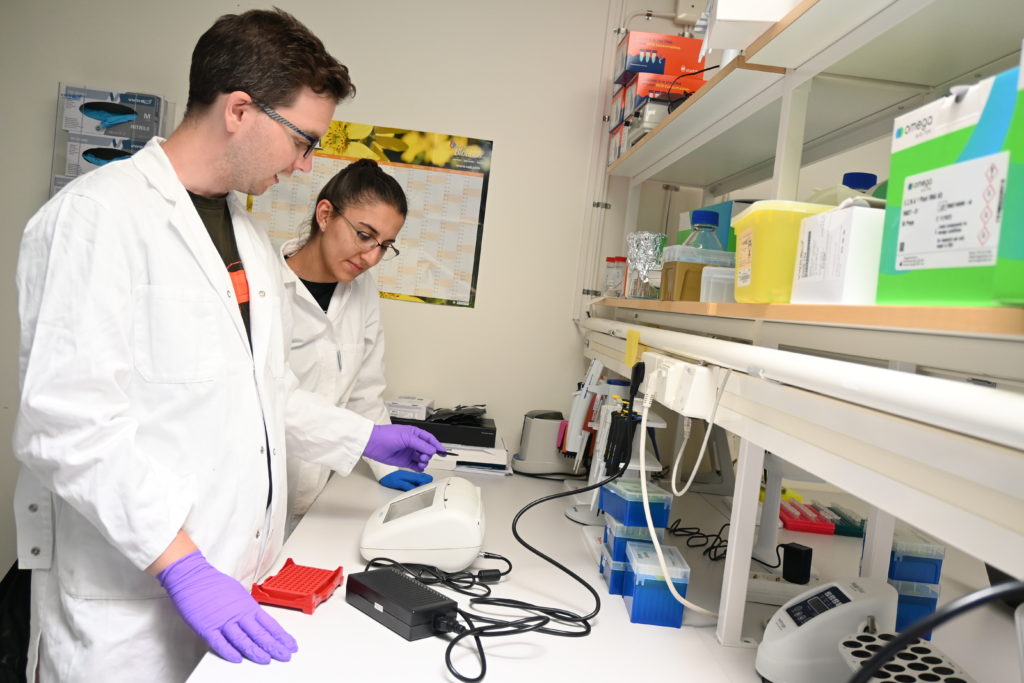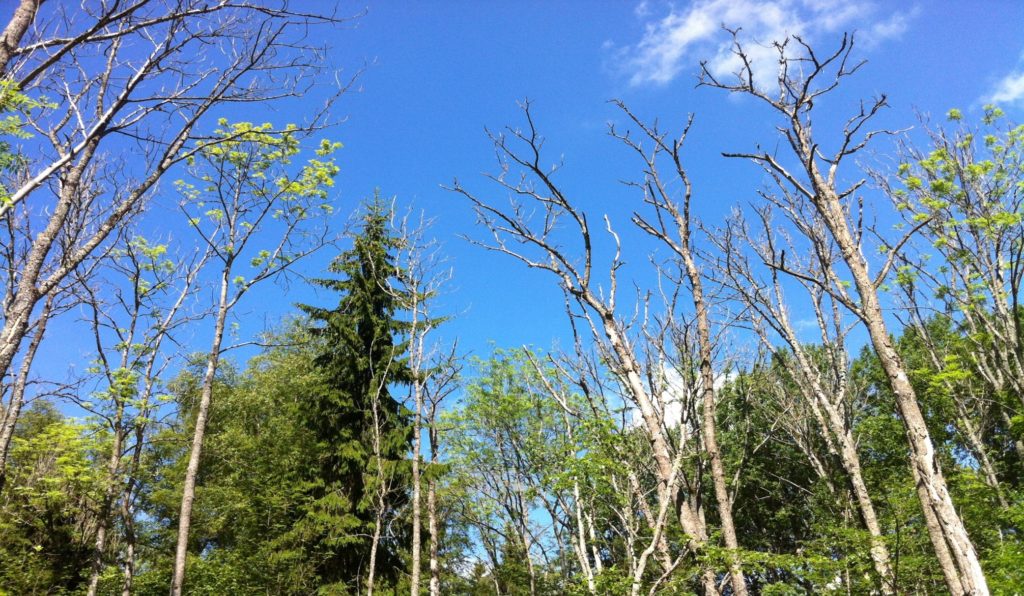Teaching
We are responsible for the following courses:
Trees: Structure and Function (BI1385)
- Year 1 of the International Bachelor’s Program in Forest and Landscape
- Autumn (Period 1); 15 Credits
This course gives students basic knowledge of the fundamental principles of tree biology, from the roots to the upper canopy. The course covers theoretical and practical knowledge on conifer and broadleaf tree species identification, growth and development of trees, and tree species silvics relevant for sustainable planning and management of trees in urban and rural forested settings.
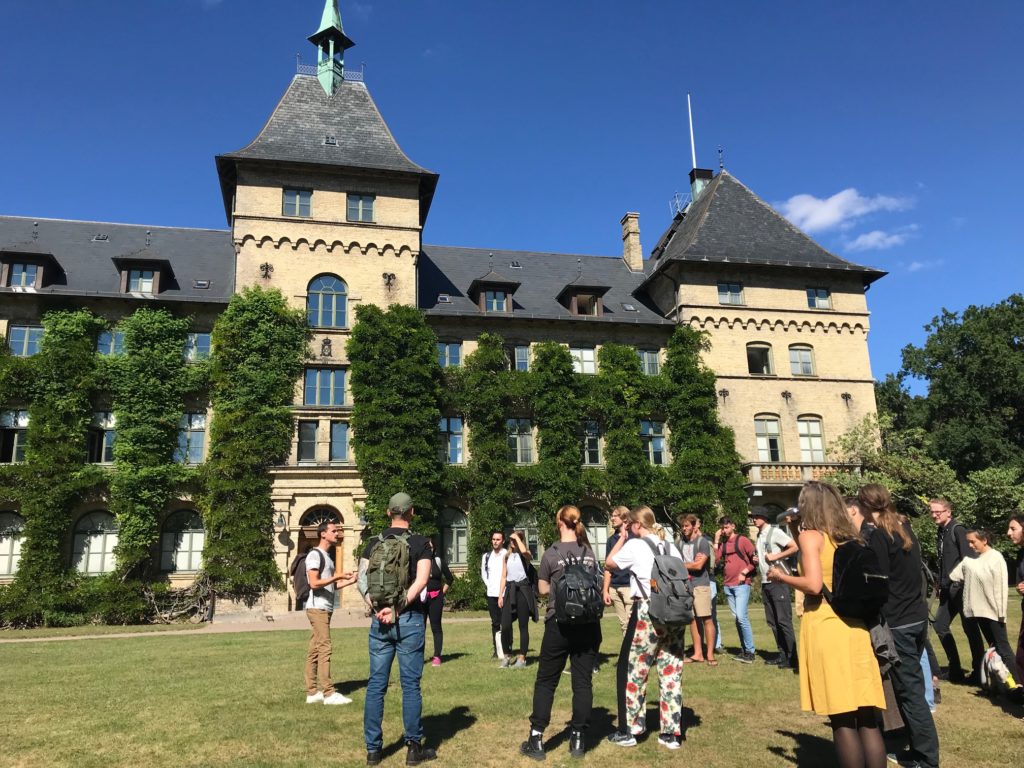
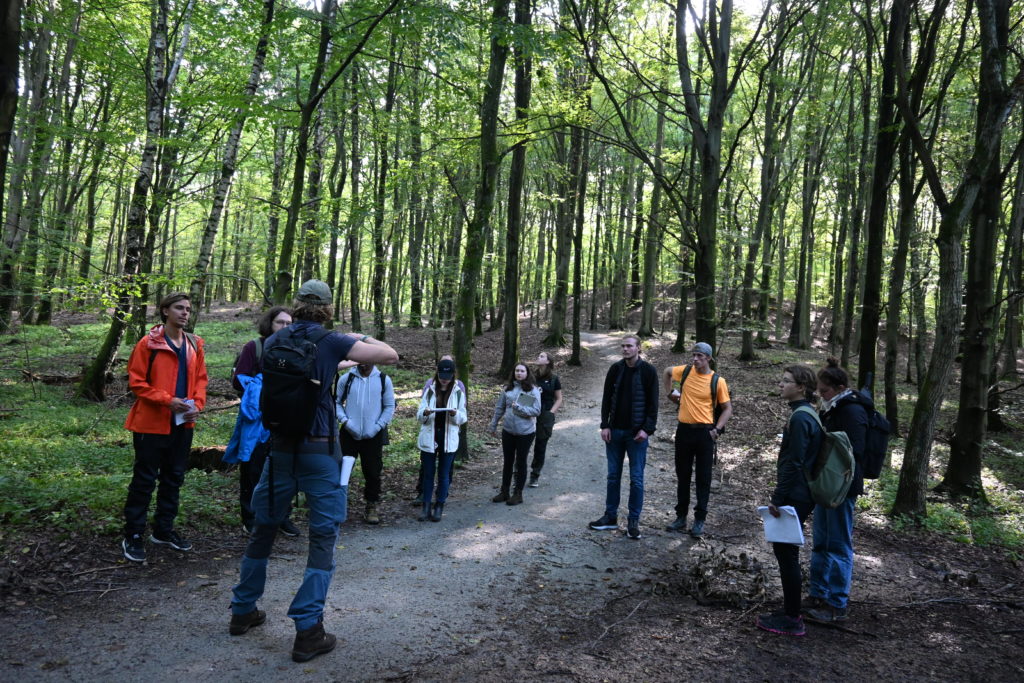
Urban Tree Health and Forest Health (SV0015)
- Year 2 of the International Bachelor’s Program in Forest and Landscape
- Autumn (Period 2b); 7.5 Credits
The course gives students basic knowledge about biotic and abiotic agents affecting individual tree and forest ecosystem health, including damage caused by insects, pathogens, and other environmental stressors. The course emphasizes the ecological roles of disturbance agents and how they can affect the economic and ecological sustainability of forests. Students learn how to collect samples to identify damage using different diagnostic methods, modern tools and techniques for early detection and monitoring, and mitigation and management options to promote better health and resilience in urban and rural forests. Case study approaches will be used with examples of damaging agents in Sweden and globally. The course includes several field trips to visit insect and disease infestations in urban, peri-urban and rural forests to understand the effects of damage on from different social, ecological and economic perspectives.
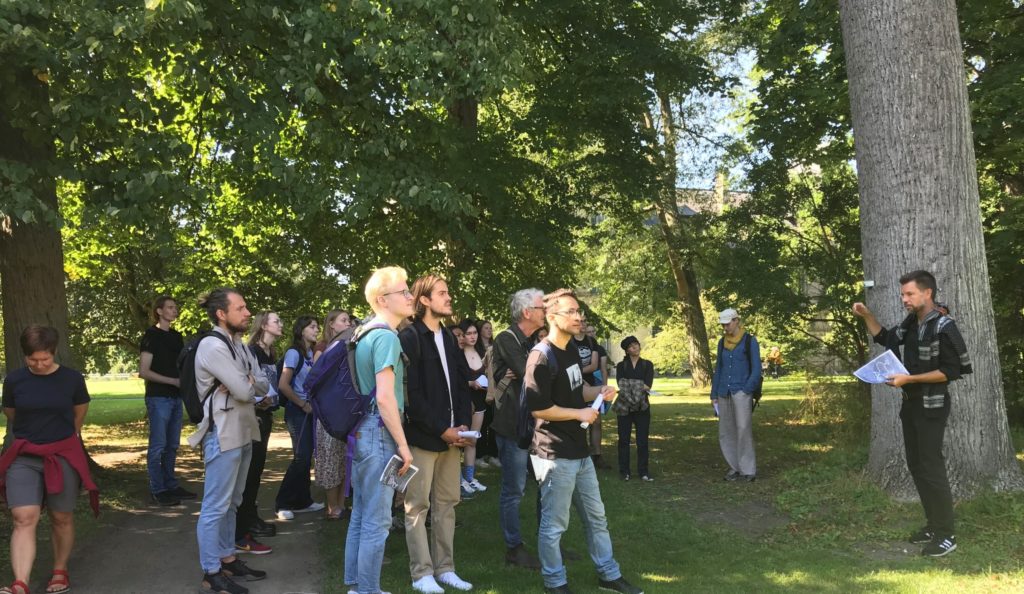
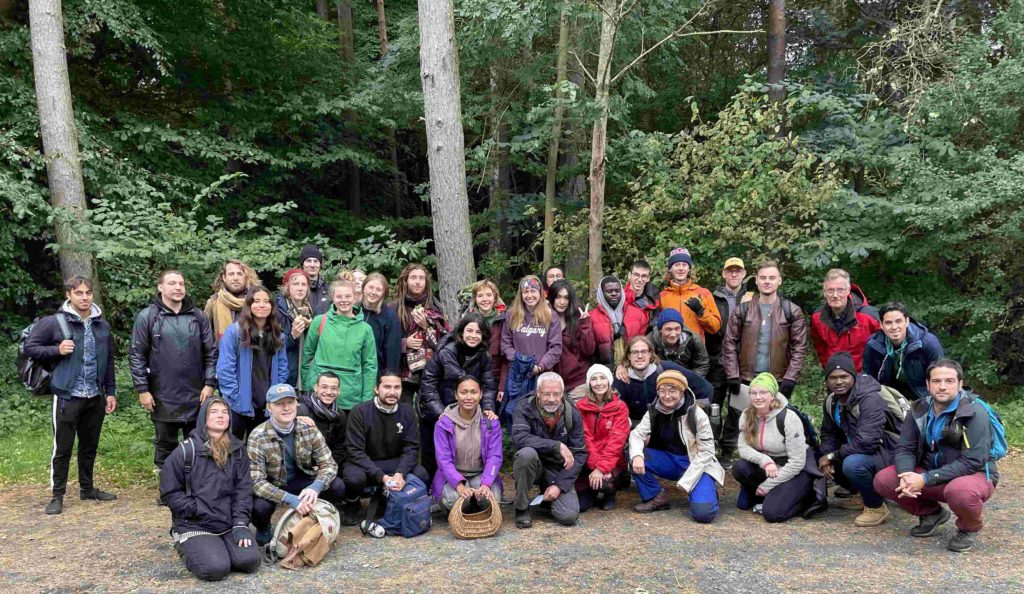
‘Forest Health module’ in the course Broadleaves: Forest dynamics, biodiversity and management for multiple use (SG0235)
- Euroforester Masters Program
- Spring (Period 4); 15 credits
The course gives students knowledge on the impact of forest management on biodiversity and evaluate current approaches for conservation and restoration of broadleaf forests. The forest health module that is taught in the course covers current threats and challenges to the function and biodiversity of broadleaf forests, with a focus on exotic tree pathogens, other native insect pests and pathogens and climate stressors.

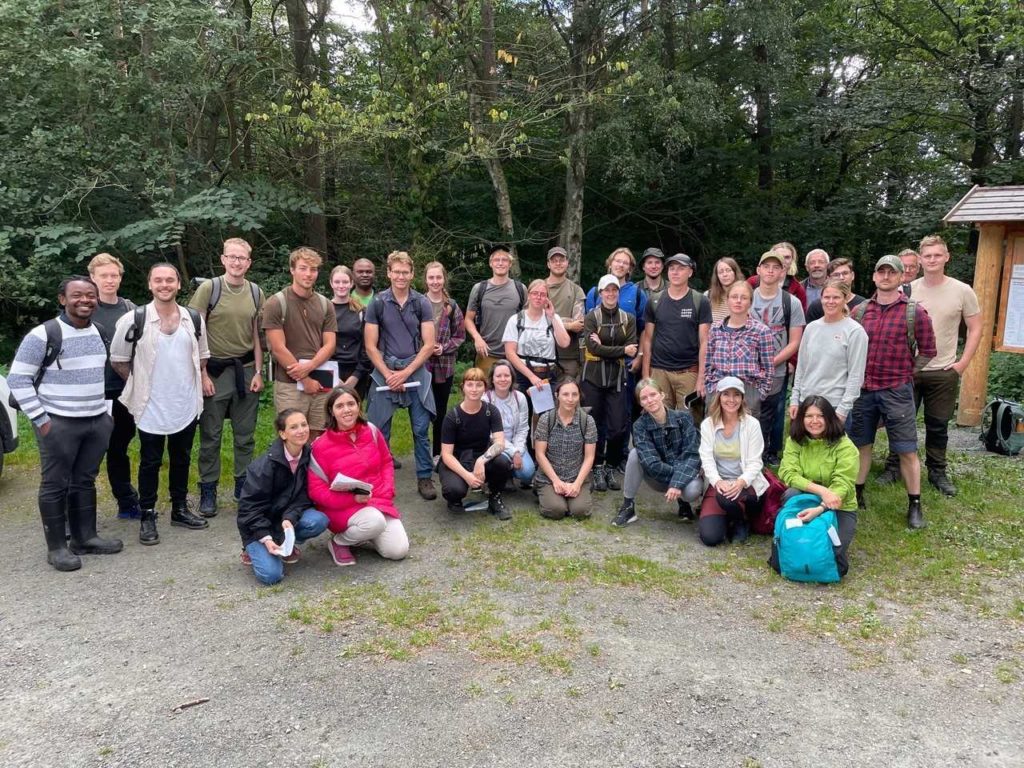
Diagnosis, prevention and management of forest damage (taught in Swedish)
- Year 2 of the Distance Masters Program ‘Forestry with many goals’
- Autumn (Period 1); 7.5 Credits
The course gives students knowledge and skills regarding diagnosis, prevention and management of forest damage in Swedish forests. Student develop theoretical knowledge regarding sustainable forest protection strategies and how to apply innovative measures to reduce the occurrence and spread of forest damage in practical forestry in the short and long term.
